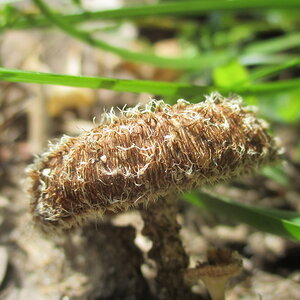Grandpa Ron
Been spending a lot of time on here!
- Joined
- Aug 9, 2018
- Messages
- 1,156
- Reaction score
- 703
- Can others edit my Photos
- Photos OK to edit
Like many people most of my photography is point and shoot snapshot type photos. But occasionally I will remind myself that I paid good money for all these whiz-bang and whirly gig features, so why not try them.
All of these were shot in color and converted to black and white post process. They are pretty much as shot with post processing used to crop and adjust exposure contrast similar to variable contrast photo paper.
The first shot is a bell the objective was two use the depth of field to slightly blur the background. Bokeh seems to be all the rage today, but I find it can be distracting. My preference is a soften but still recognizable background. Shot at f5.6, 1/80, ISO 250.
The second shot was my first attempt to capture fire in black and white. It reminded me of shooting moving water. Do you stop motion with a fast shutter or show some fluidity with a slower shutter speed? Shot at f2.8, 1/30, ISO 100.
The third shot is one of my standard views, I use this swing because it is in my backyard and I use it as a reference for my experiments with both film and digital. This shot was unusual because we had high winds followed in a few days by a heavy wet snow. Hence all the surface debris from the branches and twigs that were blown down, coupled with the thick snow build up on the swing. Shot f9, 1/250, ISO 100.
The forth shot is one of my favorite black and white subjects, paths in the woods. This was taken in the autumn. Shot f2.8, 1/30, ISO.
The purpose of this post is two fold, one to obtain comments and advise on the picture and two, to encourage folks to switch of "Auto" and twist a few dials.
All of these were shot in color and converted to black and white post process. They are pretty much as shot with post processing used to crop and adjust exposure contrast similar to variable contrast photo paper.
The first shot is a bell the objective was two use the depth of field to slightly blur the background. Bokeh seems to be all the rage today, but I find it can be distracting. My preference is a soften but still recognizable background. Shot at f5.6, 1/80, ISO 250.
The second shot was my first attempt to capture fire in black and white. It reminded me of shooting moving water. Do you stop motion with a fast shutter or show some fluidity with a slower shutter speed? Shot at f2.8, 1/30, ISO 100.
The third shot is one of my standard views, I use this swing because it is in my backyard and I use it as a reference for my experiments with both film and digital. This shot was unusual because we had high winds followed in a few days by a heavy wet snow. Hence all the surface debris from the branches and twigs that were blown down, coupled with the thick snow build up on the swing. Shot f9, 1/250, ISO 100.
The forth shot is one of my favorite black and white subjects, paths in the woods. This was taken in the autumn. Shot f2.8, 1/30, ISO.
The purpose of this post is two fold, one to obtain comments and advise on the picture and two, to encourage folks to switch of "Auto" and twist a few dials.



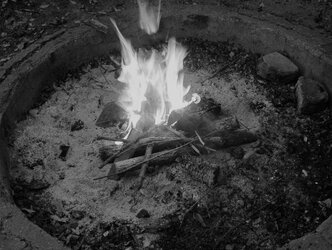

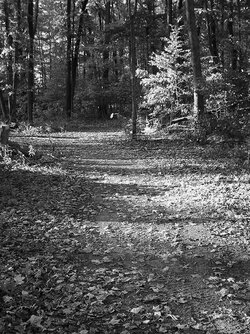
![[No title]](/data/xfmg/thumbnail/34/34115-73b827c6a6db1413dcead11e4caaae69.jpg?1619736285)
![[No title]](/data/xfmg/thumbnail/37/37606-3c9ffb5906173fa2aa489341967e1468.jpg?1619738148)
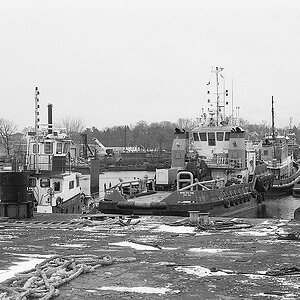
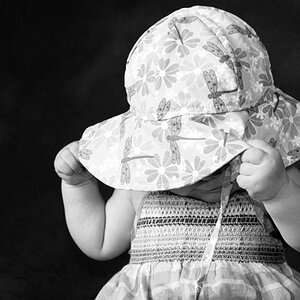
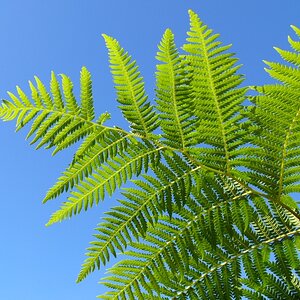
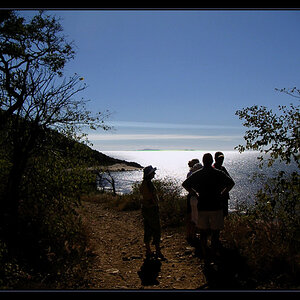
![[No title]](/data/xfmg/thumbnail/35/35968-01893eeb6a205c00827118fe5bb79703.jpg?1619737286)
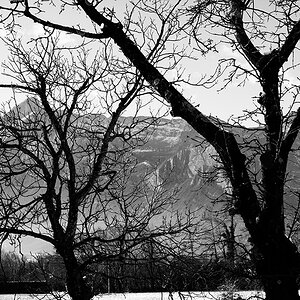
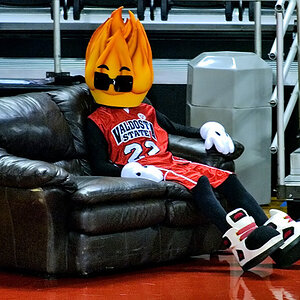
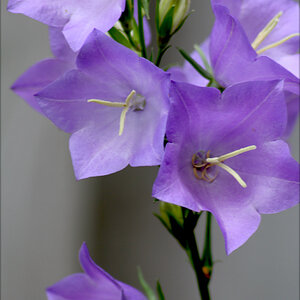
![[No title]](/data/xfmg/thumbnail/37/37603-739c5d9b541a083a12f2f30e45ca2b7b.jpg?1619738147)
